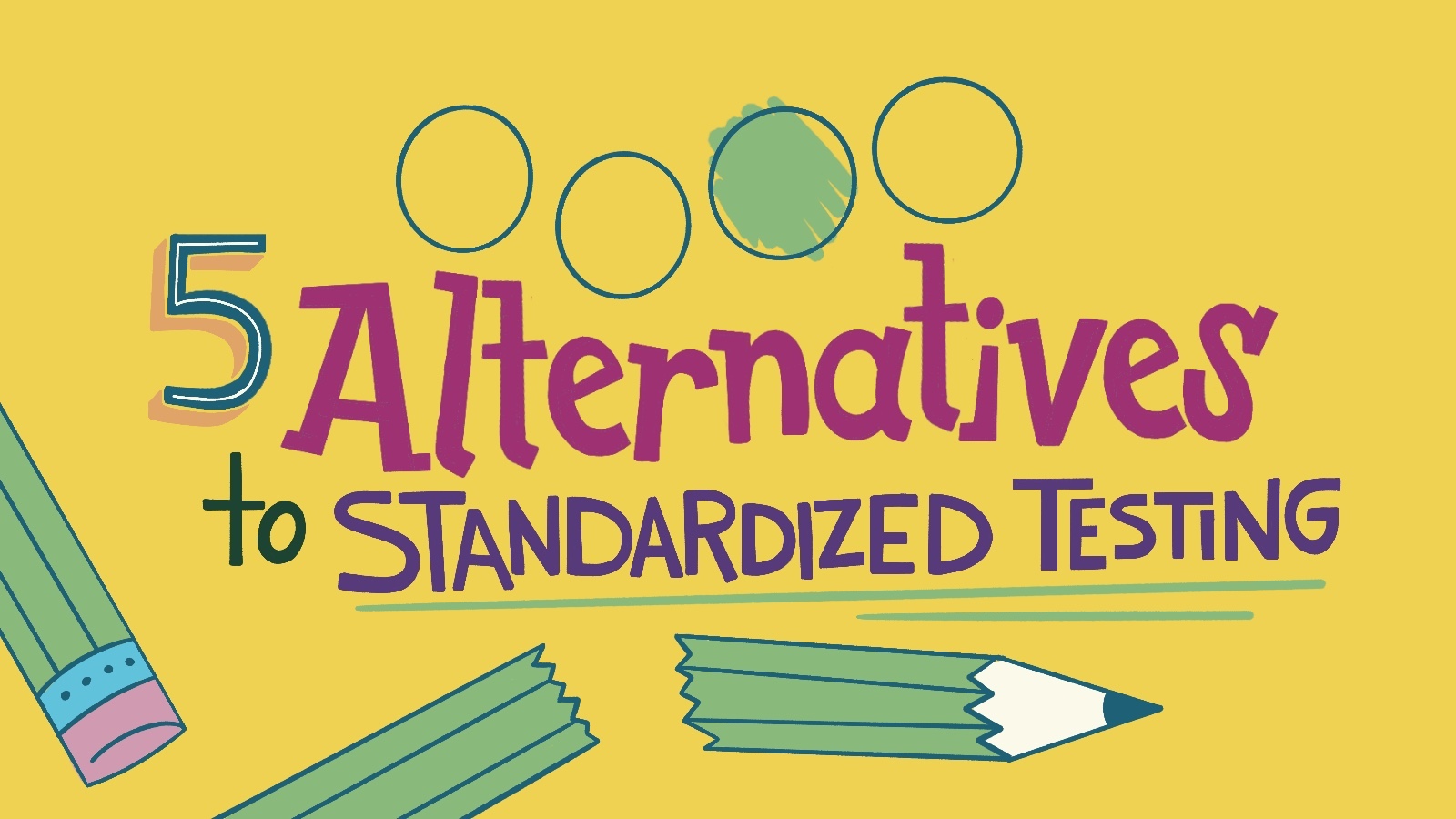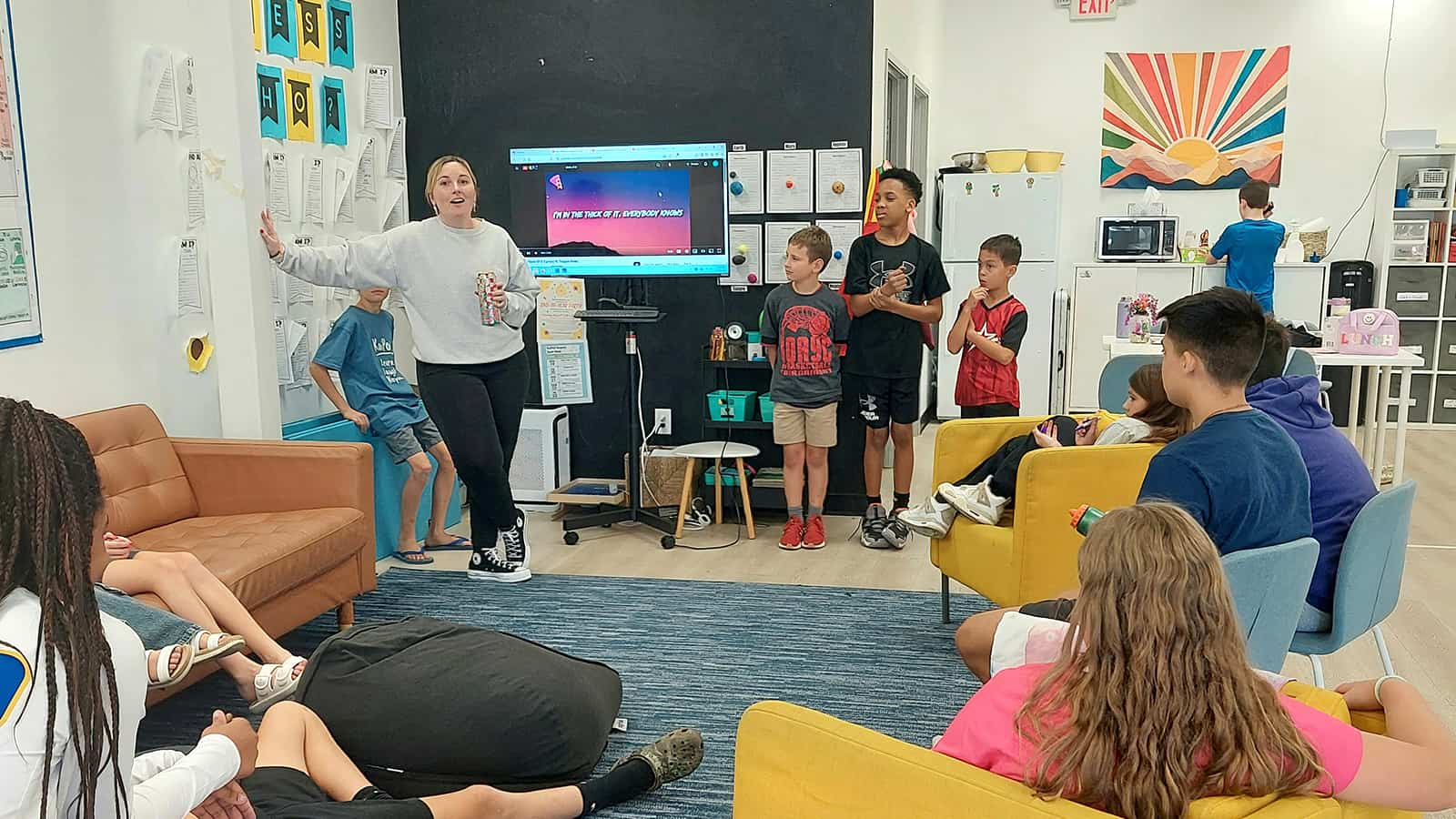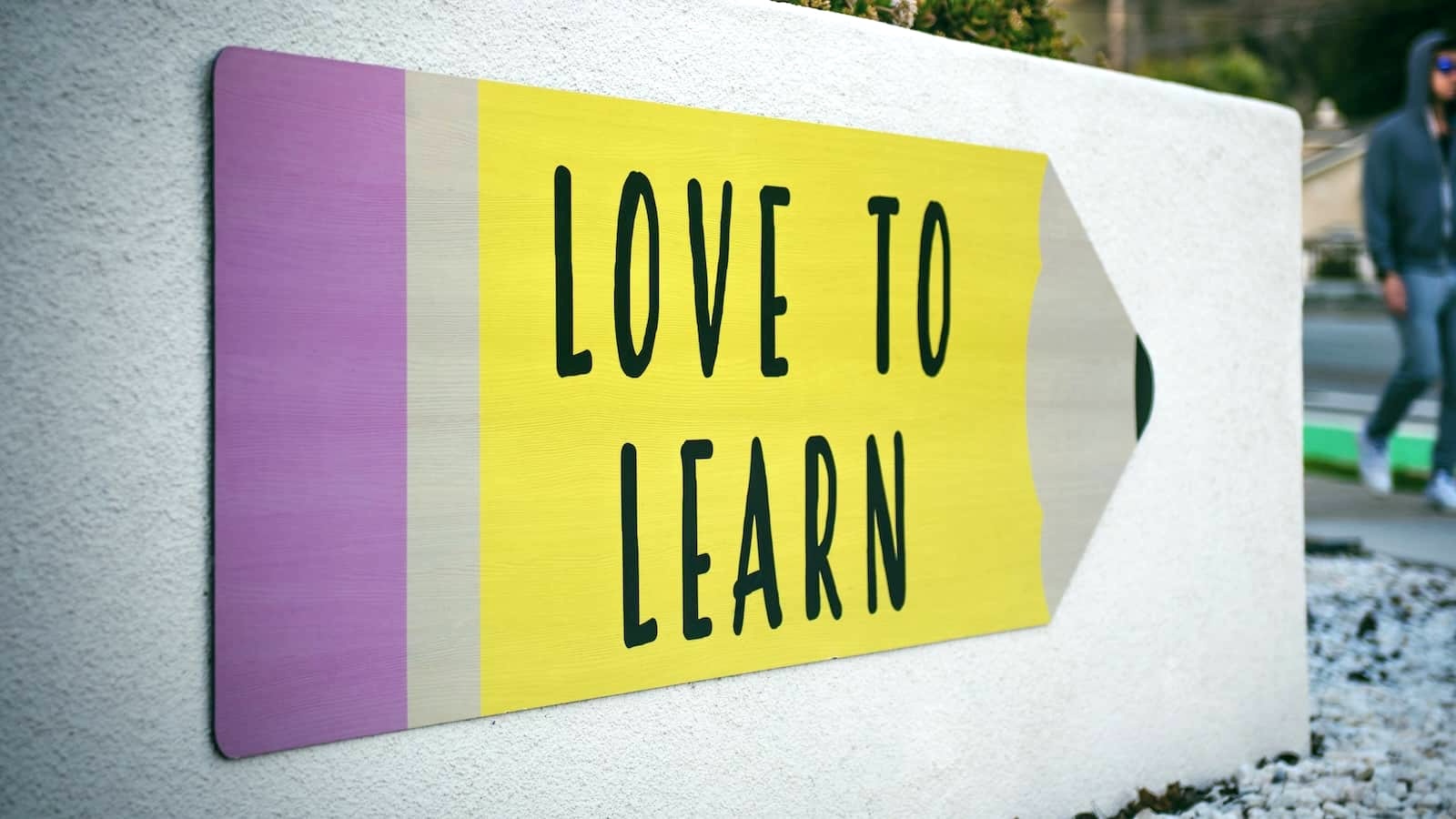Most public schools and many private schools use standardized testing to measure both student achievement and teacher effectiveness. In some states, standardized test scores are linked to school funding. In others, they are a high school graduation requirement for public school students. This high-stakes testing has gained the spotlight in recent years given debates about time spent testing versus learning.
Still, educators aspire to find ways to measure student achievement and growth. The good news is, number two pencils and multiple choice questions aren’t the only option. By assessing students in more authentic, holistic ways, you can measure not just classroom knowledge, but also real-world skills and applications. Here are five ways to accomplish that.
1. Portfolio Assessments
A portfolio assessment is a review of one student’s work over time in multiple areas of study. Portfolio assessments are a great way to highlight individual student growth, especially when similar assignments are given at regular intervals throughout the assessment period.
For example, if assessing a student’s growth in writing, the teacher might ask students to write a one-paragraph summary of something they learned that week. Students receive feedback on their paragraphs and review them with a teacher. Then, the paragraphs are placed in the portfolio. The same assignment could then be given every three months, with each paragraph being placed in the portfolio in chronological order.
Similar progress can be shown through classwork in other areas of study. Students and teachers can review portfolios at the end of the year, noting their greatest areas of growth and setting goals for the following year.
2. Formative and Summative Rubrics
Formative and summative rubrics are a way to assess student growth on a specific project or unit. Rubrics are a system for rating student performance in key areas. Formative rubrics are used at the beginning of the unit to measure prior knowledge and provide a starting point for each student. They allow students to preview exactly what teachers will be looking for when they are assessed. Summative rubrics are the same rubric format used again at the end of the unit to show the sum of each student’s progress.
Students begin the project or unit by completing a formative assessment. The formative assessment is not meant to grade a child, but instead simply measures their existing knowledge before beginning instruction. This takes different forms, but it could mean ordering historical events and identifying the significance of each, writing the steps of the scientific method, or using a new literary device in a poem. Using the rubric, teachers then rate the student’s beginning level of achievement in each area.
At the end of the unit, students complete a more comprehensive project, such as an illustrated historical timeline, a science experiment and written lab, or a poetry collection. Teachers use the same rubric to assess the student’s work at the end of the unit, and by comparing the formative rubric to the summative rubric, teachers and students can identify areas of growth and challenge.
3. Student-Led Conferences
Student-led conferences are an authentic way to gauge both learning and self-awareness. By reviewing samples of their own work from an agreed-upon timeframe, students rate their own progress and write a reflection of strengths and challenges. They then present their work and reflections to teachers and caregivers.
Teachers should provide students with “think sheets” that will prompt them to think critically not only about the end result of their work, but also about their process. Teachers should also help students to anticipate what questions teachers or caregivers might have about their progress. Some teachers might have students grade themselves using a letter system, a rubric, or some other scoring tool. Regardless, the focus of student-led conferences should be on process, with students reflecting critically about how they worked, what approaches helped them to be successful, and what factors held them back. Students can then make a plan for optimizing their success in the future.
4. Culminating Projects
A culminating project is an interdisciplinary display of student learning that showcases work across subject areas through a long-term project. Generally, these projects are student led, and teachers will help students to set goals for their projects in advance. Sometimes, these will be framed as “big ideas” or “central questions” that students aim to explore.
Students will need to find ways to integrate all subject areas into their projects and will need to conceptualize the final culmination of their learning. This could be a poster board display and presentation, a performance, a published piece of work, or a report on a project completed outside the classroom, such as building benches at a park or volunteering at a nursing home. Students should be prepared to present their work to the community with an emphasis on their central questions or big ideas. Teachers can then evaluate student projects based on concepts, effort, growth, problem-solving, and final product using whatever grading or rating system they choose.
5. Integrated or “Stealth” Assessment
Integrated or “stealth” assessment refers to assessment that happens throughout the school day or school term without students stopping to take a test. Teachers can collect data about anything in the classroom and use it toward assessing student needs and areas of growth.
For example, teachers might tally how many times students contribute productively to a class discussion. Teachers might rate how effectively students worked within a group to recreate a map, or how many math problems they solved during their independent math time. All of these data points are relevant and authentic ways of looking at student learning. Digital tools such as online learning or games can be leveraged to collect data over time as well, tracking student progress through levels and skills.
The key to integrated or “stealth” assessment is that it is happening in the moment and is not time set aside for testing.
Authentic Assessments Yield Authentic Data
Although standardized tests are certainly an efficient method of collecting data, as many critics have pointed out, standardized tests don’t always measure a child’s full base of knowledge or their ability to apply that base. In a Microschool, teachers have the time and knowledge of each child to assess their students more holistically. Teachers can measure growth in specific areas over time, assess a student’s self-awareness of their own strengths and weaknesses, and find new ways to highlight each student’s growth in the classroom. By using authentic assessments, teachers will have access to more accurate data about each student’s progress over time.


